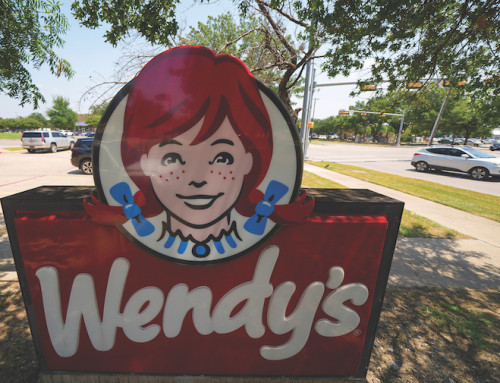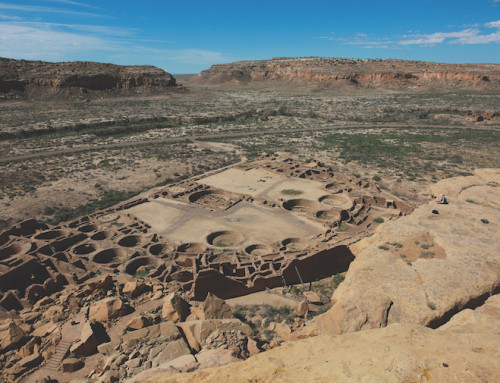PHILADELPHIA (AP) — The U.S. Mint in Philadelphia struck its last circulating penny this week after the president canceled the one-cent coin as the cost of making them became more than their value.
President Donald Trump has ordered its demise as costs climb to nearly four cents per penny and the one-cent valuation becomes somewhat obsolete.
The U.S. Mint has been making pennies in Philadelphia, the nation’s birthplace, since 1793, a year after Congress passed the Coinage Act. Today, there are billions of them in circulation, but they are rarely essential for financial transactions in the modern economy or the digital age.
“For far too long the United States has minted pennies which literally cost us more than 2 cents,” Trump wrote in an online post in February, as costs continued to climb. “This is so wasteful!”
Still, many people have a nostalgia for them, seeing them as lucky or fun to collect. Some retailers have voiced concerns in recent weeks as supplies ran low and the last production neared. They said the phase-out was abrupt and came with no guidance from the federal government on how to handle customer transactions.
Some rounded prices down to avoid shortchanging people, others pleaded with customers to bring exact change and the more creative among them gave out prizes, such as a free drink, in exchange for a pile of pennies.
“We have been advocating abolition of the penny for 30 years. But this is not the way we wanted it to go,” Jeff Lenard of the National Association of Convenience Stores said last month.
Some banks, meanwhile, began rationing supplies, a somewhat paradoxical result of the effort to address what many see as a glut of the coins. Over the last century, about half of the coins made at U.S. Mints in Philadelphia and Denver have been pennies.
The Treasury Department expects to save $56 million per year on materials by ceasing to make pennies.
Pennies still have a better production-cost-to-value ratio than the nickel, which costs nearly 14 cents to make. The diminutive dime, by comparison, costs less than 6 cents to produce and the quarter nearly 15 cents.








